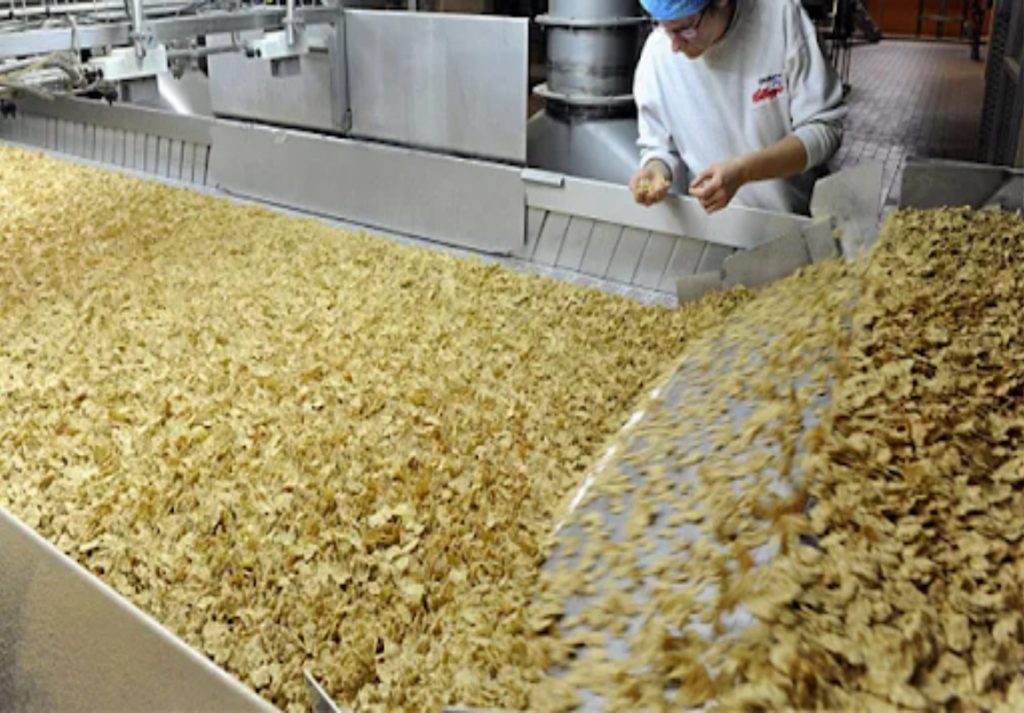Food production lines run hot… literally. Ovens, dryers, sealers and belts are full of thermal activity. But if you can’t see that heat properly, you can’t control it. And if you can’t control it, you’re running blind into manufacturing risks and food safety can be compromised. Dr John Dunlop, CTO & Founder, Bytronic Vision Intelligence explains.
That’s why thermal vision is moving from optional to essential. It’s not just about seeing temperatures – it’s about using them to protect assets, verify compliance, and keep production running without unplanned stoppages.
Asset protection: stop the fire before it starts
Bytronic Vision Intelligence has seen the damage caused by process fires. One global food producer had multiple incidents like this. Now, our TempCheck solution uses integrated FLIR cameras to continuously scan the line in real time. Smart software defines zones of interest, spots emerging hotspots, and triggers alerts long before anything ignites.
When you’re dealing with combustible materials and unmanned lines, robust, thermal monitoring will ensure a reduced fire risk and the protection of your factory assets.
Compliance: 100% temperature monitoring
Thermal vision is also vital for food safety compliance; but only when implemented properly. One key issue is background heat from belts or trays distorting readings. That’s why Bytronic developed TempComply: a thermal system that combines 3D profiling with intelligent masking to isolate each product from the process.
Instead of relying on batch checks or operator judgement, TempComply pinpoints the coldest part of every item – 100% of the products – verifying surface cooking compliance in real time. No undercooked surprises, no recalls, no compromise. Fully integrated into lines, it flags issues automatically stopping customer recalls.
Packaging: seal integrity without the manual checks
Thermal also plays a powerful role in packaging inspection. SealCheck DL uses both visual and thermal data to detect a wide range of issues: products trapped in seals, underheated joints, poor sealing profiles, and even product appearance – all of which are important to ensure the ‘Right Product, Right Pack’ approach.
Bytronic Vision Intelligence adopts this approach across a range of areas in food production, from salad bag flow wrapped seals and sealed food trays, to food pouches and even ice cream lollies.
It replaces inconsistent manual spot checks with 100% in-line inspection, flagging defects as they happen and by storing product images and discrete data, giving you full traceability if anything goes wrong.
The critical step: Innovation AND integration expertise
But let’s be clear, there are challenges in integrating these new technologies. Performance ultimately depends on robust engineering and understanding the environment the technology operates in. Is the product moving or static? What’s the material? What’s the ambient background? Getting it right means custom integration, testing and calibration.
AI is increasingly used in this instance, and inspection accuracy depends on understanding the size of the training data – with more complexity requiring more images. This is an area of deep learning, a step up from its lightweight cousin edge learning, which instead focuses on quicker deployment of simpler tasks, while deep learning handles more complex situations.
That’s why we talk about vision intelligence – not just cameras. It’s multimodal with a range of future-proof solutions, all working together to give the system the context it needs to make accurate, meaningful decisions in a fast-moving environment. And of course, let’s not forget data-driven insights into production lines.
Thermal inspection isn’t about cameras. It’s about smarter food production – safer, more consistent, and fully visible. The risk is real, but so is the solution; if you engineer it properly.
For more articles like this, visit our Innovation channel




